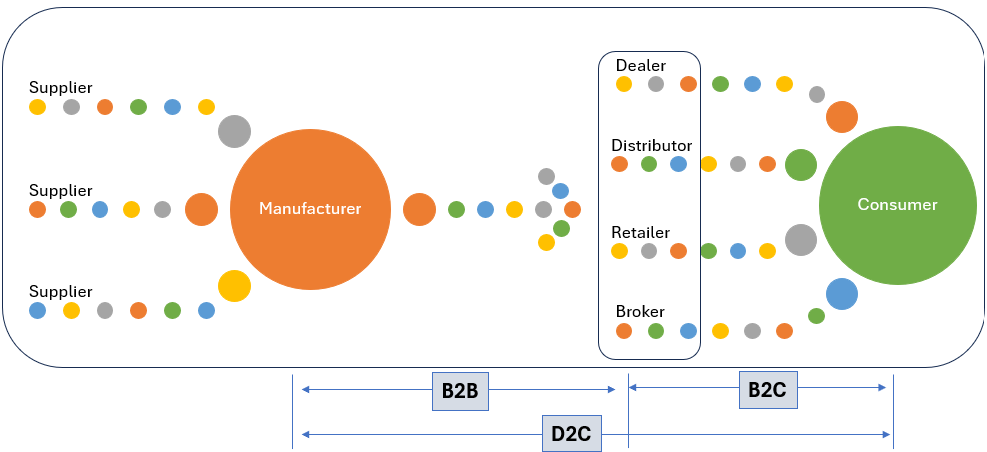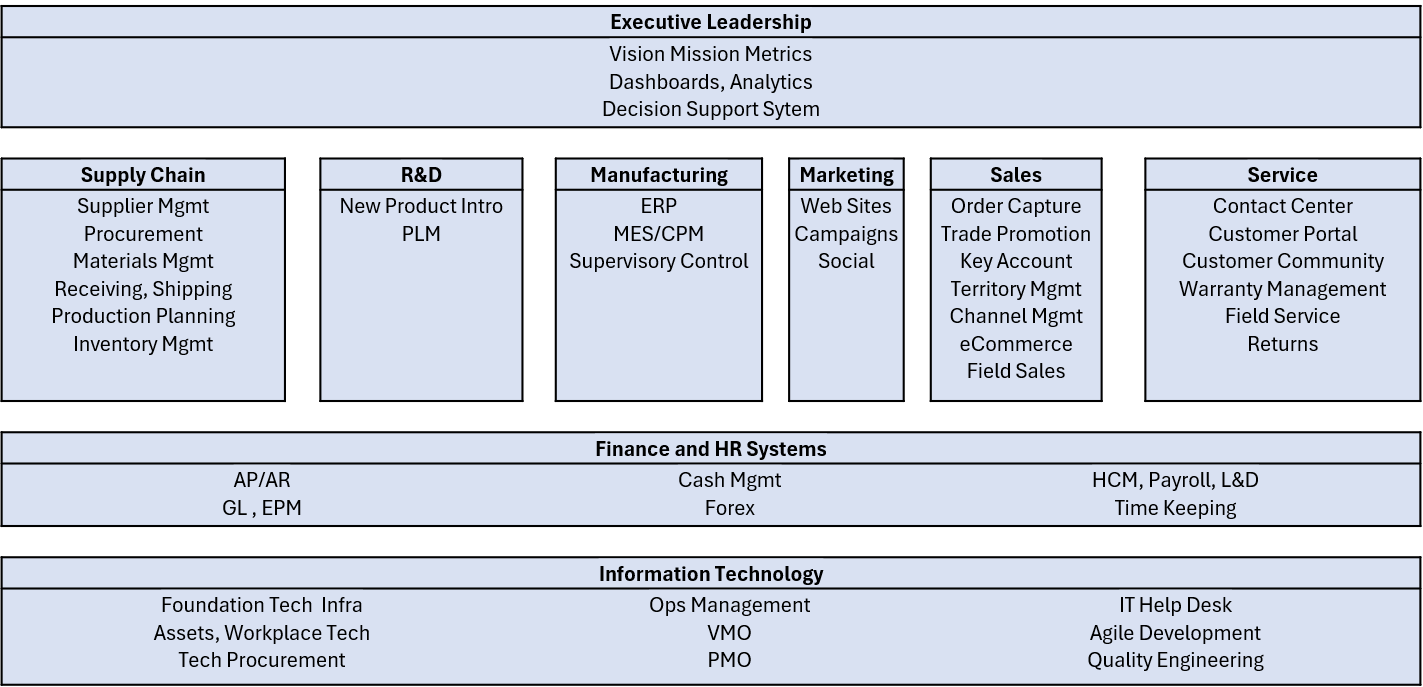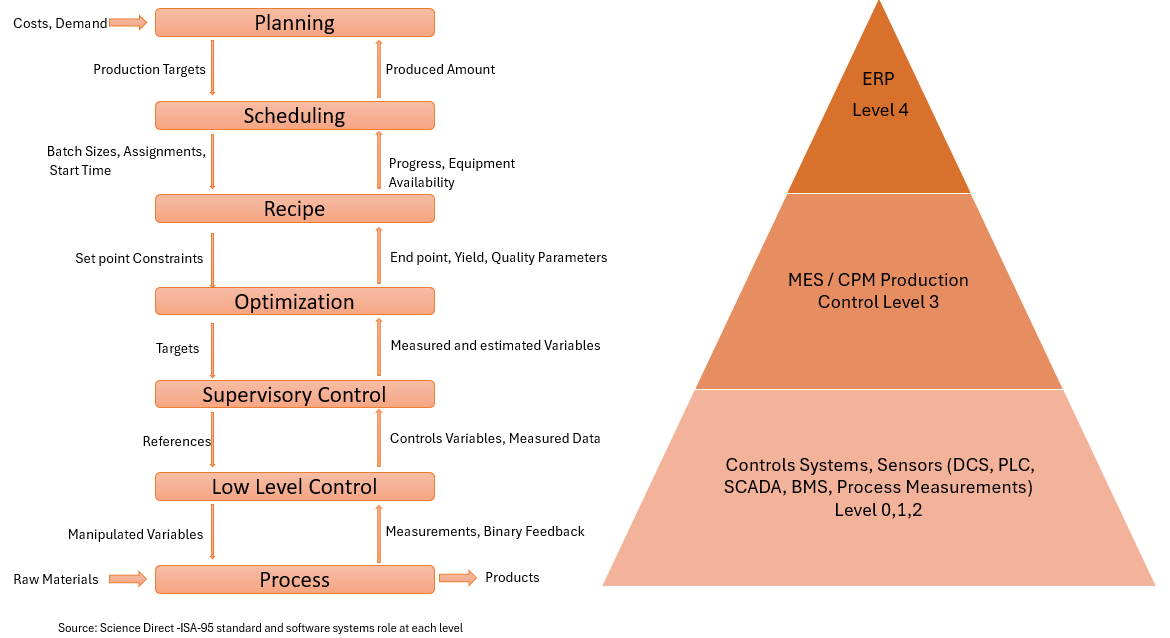Information Technology in Manufacturing
Social, Mobile, Analytics, and Cloud are key part of Industry 4.0 strategy. It covers entire produce lifecycle, from R&D to Manufacturing to sales and service.
S&P sectors or Global Industry Classification Standard (GICS), organize companies based on their primary business activities. The order of the 11 sectors based on market cap is as follows: Information Technology, Health Care, Financials, Consumer Discretionary, Communication Services, Industrials, Consumer Staples, Energy, Utilities, Real Estate, and Materials.
Many of these industry sectors are interconnected around Manufacturing – Consumer Discretionary, Industrials, Staples, Materials.
Information Technology (IT) plays a significant role in the entire production process - automation of processes, machines, supply chain management, quality control, data analysis, and maintenance and repair. IT enables differentiation of sales and service function by providing a consumer engagement layer.
Manufacturing is classified as Process v/s. Discrete, and Durables v/s. Consumables (also called Consumer Packaged Goods)
Different selling models:
- Business to Business (B2B)
- Business to Consumer (B2C)
- Direct to Consumer (D2C)
Key Challenges of Manufacturing
- How much to manufacture – Demand Side Visibility
- Just-in-time, Supply Chains and Distribution – Global Coordination
- Differentiate, Innovate/grow, low-cost – Intense Competition
Representative IT Systems in Manufacturing
A core part of manufacturing is Operational technology (OT). It is any hardware and software that detects or causes a change, through the direct monitoring and/or control of industrial equipment, assets, processes and events. Robots, industrial control systems (ICS), Supervisory control and data acquisition (SCADA) systems, programmable logic controllers (PLCs), and computer numerical control (CNC) are examples of OT.
IT and OT systems have traditionally operated in isolation, with separate technology stacks, protocols, standards, governance models, and organizational units. Because of this isolation, OT systems have been controlled and secured differently than IT networks.
Purdue Enterprise Reference Architecture (PERA), or the Purdue model, or ISA-95 is typically refenced for enterprise control, which end users, integrators and vendors can share in integrating applications at key layers in the enterprise:
Level 0 — The physical process — Defines the actual physical processes
Level 1 — Intelligent devices — Sensing and manipulating the physical processes. Process sensors, analyzers, actuators and related instrumentation
Level 2 — Control systems — Supervising, monitoring and controlling the physical processes. Real-time controls and software; DCS, human-machine interface (HMI); supervisory control and data acquisition (SCADA) software
Level 3 — Manufacturing operations systems — Managing production work flow to produce the desired products. Batch management; manufacturing execution/operations management systems (MES/MOMS); laboratory, maintenance and plant performance management systems; data historians and related middleware. Time frame: shifts, hours, minutes, seconds
Level 4 — Business logistics systems — Managing the business-related activities of the manufacturing operation. ERP is the primary system; establishes the basic plant production schedule, material use, shipping and inventory levels. Time frame: months, weeks, days, shifts


